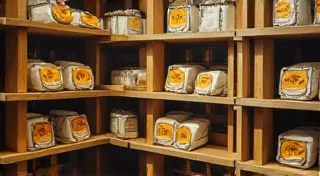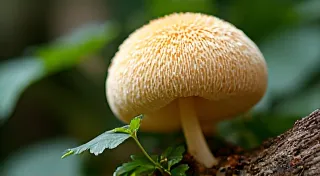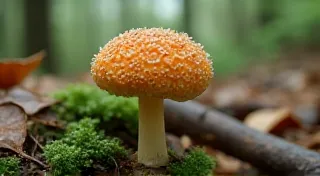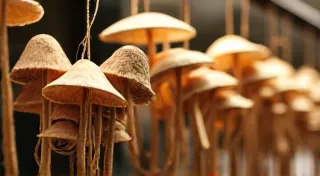Lion's Mane Mushroom Cultivation: A Beginner's Guide
Lion's Mane (Hericium erinaceus) is a truly remarkable mushroom. Known for its unique appearance resembling a lion's mane, and celebrated for its potential cognitive benefits (often referred to as a nootropic mushroom), it’s increasingly popular among gourmet cooks and health enthusiasts. Growing Lion’s Mane at home might seem daunting, but this guide breaks down the process, making it accessible even for beginners in mushroom cultivation.
Understanding Lion's Mane
Before diving into the cultivation process, it's helpful to understand what makes Lion’s Mane special. It's a polypore mushroom, meaning it grows on wood, typically oak or other hardwoods. It thrives in cool, humid environments and is known for its delicate, seafood-like flavor. Its potential health benefits, including support for brain health and nerve growth, have further increased its appeal.
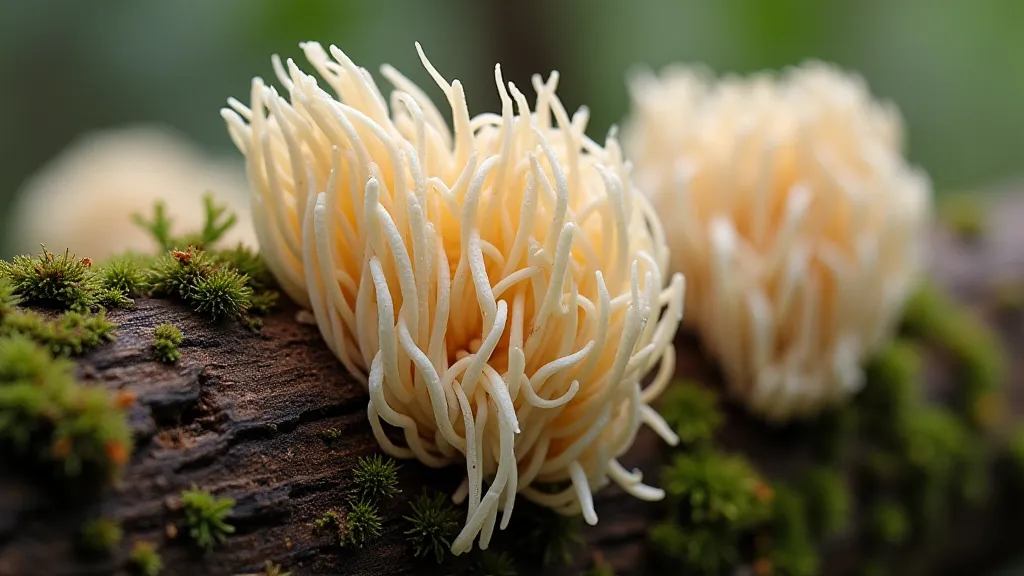
Choosing Your Cultivation Method
There are several methods for cultivating Lion's Mane, each with varying levels of complexity:
- Log Inoculation: The most natural approach, mimicking the mushroom's wild habitat. Requires sourcing hardwood logs (oak, beech, maple) and inoculating them with Lion's Mane spawn. Fruiting takes longer (6-18 months).
- Bucket Tek: A popular method using plastic buckets filled with a supplemented sawdust substrate. Faster fruiting (3-6 months) and easier to manage than log cultivation.
- Grow Bags: Similar to bucket tek but using specialized grow bags with pre-mixed substrate. A convenient option for smaller-scale cultivation.
This guide will focus primarily on the Bucket Tek method, as it offers a good balance of accessibility and yield.
Substrate Preparation
The substrate is the foundation of your mushroom's growth. For Bucket Tek, a commonly used substrate consists of:
- Hardwood Sawdust: Oak sawdust is preferred.
- Coco Coir: Provides aeration and moisture retention.
- Vermiculite: Aids in moisture distribution.
- Gypsum: Provides calcium which assists mycelial growth.
The typical ratio is 65% sawdust, 25% coco coir, 5% vermiculite, and 5% gypsum. Thoroughly mix these ingredients with water until damp, but not soggy. Pasteurize the substrate by placing it in a heat-resistant bag and steaming for 90-120 minutes. This eliminates competing microorganisms.
Inoculation
Once the substrate is cooled to room temperature, it's time to inoculate it with Lion's Mane spawn. Purchase high-quality spawn from a reputable supplier. Work in a clean environment to minimize contamination risk. Introduce the spawn evenly throughout the substrate, ensuring good contact. Seal the bucket with modified polyethylene film (polyfill) with tiny holes for gas exchange.
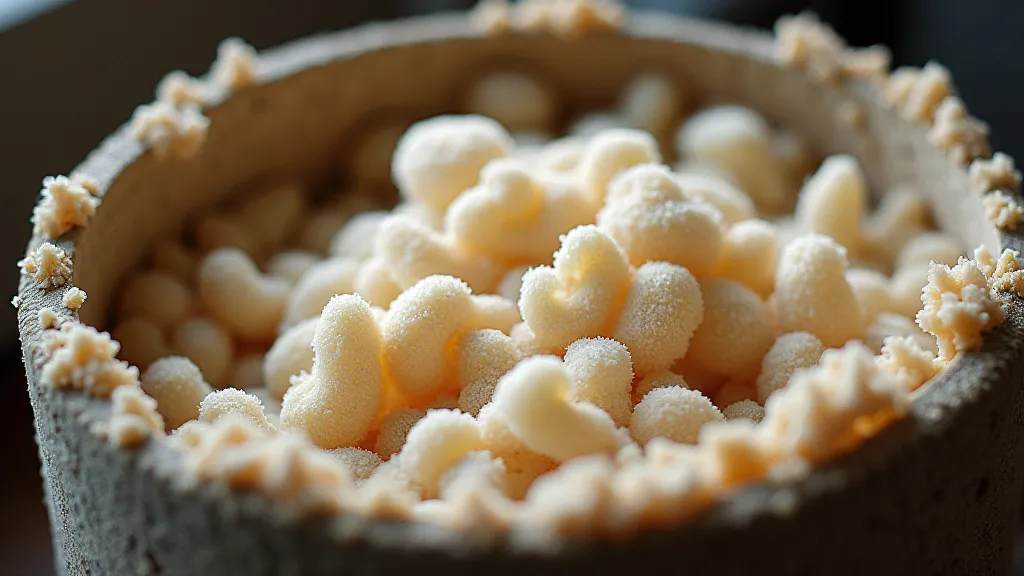
Fruiting Conditions
After inoculation, the substrate needs to colonize, which typically takes 2-4 weeks. Once the substrate is fully colonized (covered in white mycelium), it’s time to initiate fruiting. Lion’s Mane requires specific conditions:
- Temperature: 10-15°C (50-59°F)
- Humidity: 85-95%
- Light: Indirect light, 8-12 hours a day
- Air Exchange: Consistent fresh air, achieved through fanning or a small fan.
Introduce these conditions gradually. Mist the bucket regularly to maintain humidity. The first signs of fruiting will be small "pins" – tiny mushroom primordia.
Harvesting
Lion’s Mane is typically ready for harvest when the "teeth" (the cascading spines) are about 1/4 inch long. Carefully cut the mushroom from the bucket, avoiding damage to the substrate. Multiple flushes (harvests) can be obtained from a single bucket, though yields will decrease with each flush.
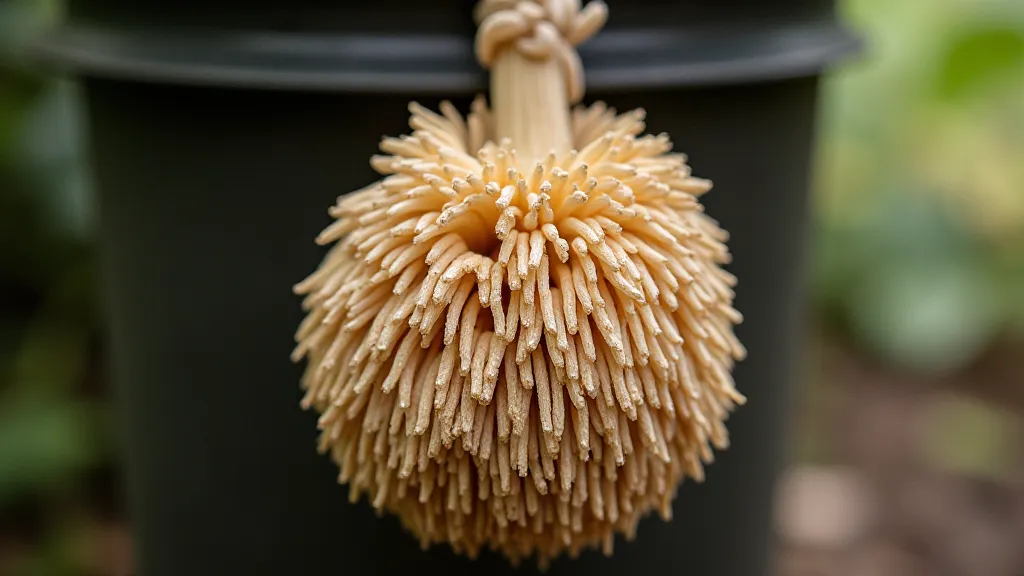
Troubleshooting
Common issues in Lion’s Mane cultivation include:
- Contamination: Green, black, or pink molds indicate contamination. Discard the affected bucket.
- Slow Colonization: Substrate may be too dry or too cold.
- Lack of Pinning: Humidity or light conditions may be inadequate.
Conclusion
Cultivating Lion’s Mane mushrooms at home is a rewarding experience. While it requires attention to detail, the delicious and potentially beneficial gourmet mushrooms make the effort worthwhile. With this beginner's guide, you’re well on your way to enjoying a sustainable and satisfying supply of this remarkable fungus.


